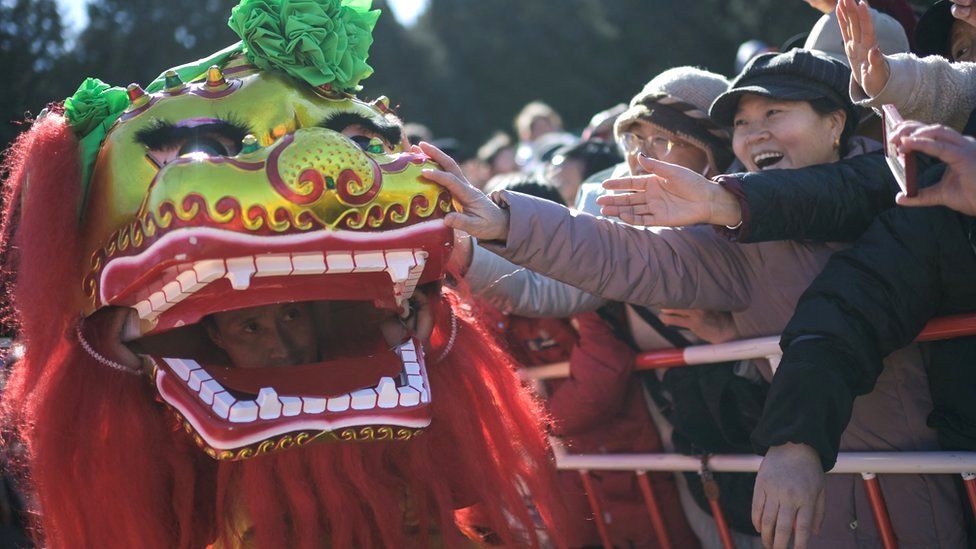ARTICLE AD BOX
 Image source, Getty Images
Image source, Getty Images
This year's Lunar New Year saw huge crowds at tourist attractions across China
By Peter Hoskins
Business reporter
Tourism spending in China during the Lunar New Year jumped above pre-Covid levels, official data shows.
Domestic tourism spending hit 632.7 billion yuan ($87.96bn; £69.7bn), about 47% more compared to the same holiday period last year according to government figures.
The celebrations came after years of pandemic lockdowns and restrictions, which were lifted in early 2023.
The data was also boosted as the holiday was a day longer than usual.
The figures for the start of the Year of the Dragon showed that 474m domestic trips were taken during the eight-day break, which ended on Sunday. That was more than 34% higher than last year and 19% above pre-pandemic levels in 2019.
Although authorities did not give a breakdown of the data, calculations based on the official figures show that average spending on each trip was down by around 9.5% compared to 2019.
This suggests "consumption downgrading is still widely seen," analysts from US investment banking giant Goldman Sachs wrote in a note.
The holiday, known as the Spring Festival in China, is the world's largest annual migration.
Traditionally, hundreds of millions of people return to their hometowns in China to reunite with family members, or visit tourist attractions across the country.
During the pandemic, major celebrations were cancelled and travel was banned.
The jump in overall Lunar New Year spending marks some rare good news for the world's second-largest economy, which is facing a number of challenges.
Among the serious issues Beijing is grappling with are a property market crisis, weak exports and concerns about falling consumer prices, or deflation.
Meanwhile, official data released on Sunday showed that investment by foreign businesses into China last year increased by the lowest amount for three decades.
The Foreign Direct Investment (FDI) fell to the lowest level since 1993, according to the State Administration of Foreign Exchange.

 1 year ago
27
1 year ago
27








 English (US) ·
English (US) ·